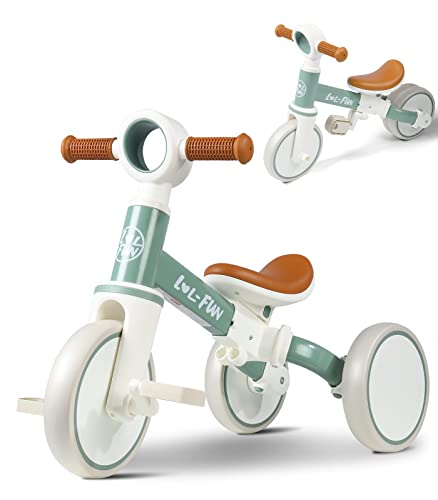Tricycles: Are They Really Easy to Ride?
Tricycles, also known as trikes, have long been a popular choice for children and adults alike. With their three-wheel design, tricycles offer stability and balance, making them appear easier to ride than bicycles. But are tricycles really as easy to ride as they seem? Let’s take a closer look.
The Stability Factor
One of the main reasons tricycles are often considered easier to ride is because of their stability. Having three wheels instead of two makes it more difficult to tip over, especially for younger riders who are still mastering their balance. This added stability can give beginners a sense of confidence and make learning to ride a tricycle feel easier than a bicycle.
However, it’s worth noting that tricycles can still tip over if riders take sharp turns at high speeds or encounter uneven terrain. The lower center of gravity and wider base may provide more stability, but it’s important to exercise caution and proper control when riding a tricycle.
Steering and Maneuverability
Steering a tricycle is generally straightforward and intuitive for most riders. With just one handlebar controlling the front wheel, it’s easier to turn and maneuver compared to a bicycle’s dual-handlebar system. This simplicity in steering often contributes to the perception that tricycles are easier to ride.
However, the ease of steering can also depend on the specific tricycle model. Some tricycles have a wider turning radius, making sharp turns more challenging. Additionally, certain tricycles, such as those designed for adults, may require more effort to steer due to their larger size and weight.
Balancing and Coordination
While tricycles provide stability, they do not require the same level of balance and coordination as bicycles. The presence of the third wheel eliminates the need to continuously maintain balance while riding, which can be particularly beneficial for young children or individuals with balance issues.
For those who struggle with balance or coordination, tricycles can be a great alternative to bicycles. However, it’s important to note that riding a tricycle does not automatically develop the same level of balance and coordination skills as riding a bike. Transitioning from a tricycle to a bicycle will still require learning the additional skills of balancing on two wheels.
Age and Physical Abilities
Tricycles are often recommended for younger children who are not yet ready for the complexity of balancing on a bicycle. The stability and ease of use make tricycles a popular choice for toddlers and preschoolers as they develop their motor skills and confidence.
In addition, tricycles can be a viable option for individuals with physical disabilities or limitations. The three-wheel design provides a supportive and stable platform, allowing individuals with mobility issues to enjoy riding a tricycle with relative ease.
It Depends on the Rider
Ultimately, the ease of riding a tricycle depends on the skill and confidence of the rider. While tricycles offer additional stability and simplified controls compared to bicycles, some riders may still find them challenging.
Factors such as rider’s age, physical abilities, and previous experience with similar activities can influence how easy or difficult it is to ride a tricycle. Just like with bicycles, practice and familiarity with the tricycle will play a significant role in the rider’s skill level and overall comfort.
In conclusion, tricycles are often considered easier to ride than bicycles due to their added stability and simpler controls. They offer a great introduction to riding for young children and individuals with physical limitations. However, it’s important to note that riding a tricycle does not automatically develop the same skills required for riding a bicycle. The perception of ease also varies depending on the rider’s individual abilities and experience.






